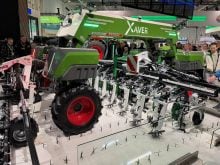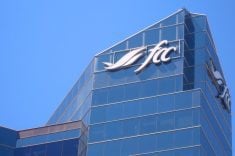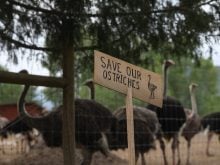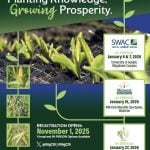Eliminate the middlemen and keep those profits yourself. This mantra has long been chanted by business people, but for hog farmers, it may be a new lesson.
Pork Links is a program that will link hog farmers directly with consumers. The Saskatoon-based project is designed to relieve the pressures that low-priced hogs are placing on small- and medium-sized growers. Farmers will receive improved returns from their pigs. Urban consumers will benefit by paying less than retail prices for their pork. Rural abattoirs will profit through increased kills, and rural economies gain by the farming and packing jobs.
Read Also
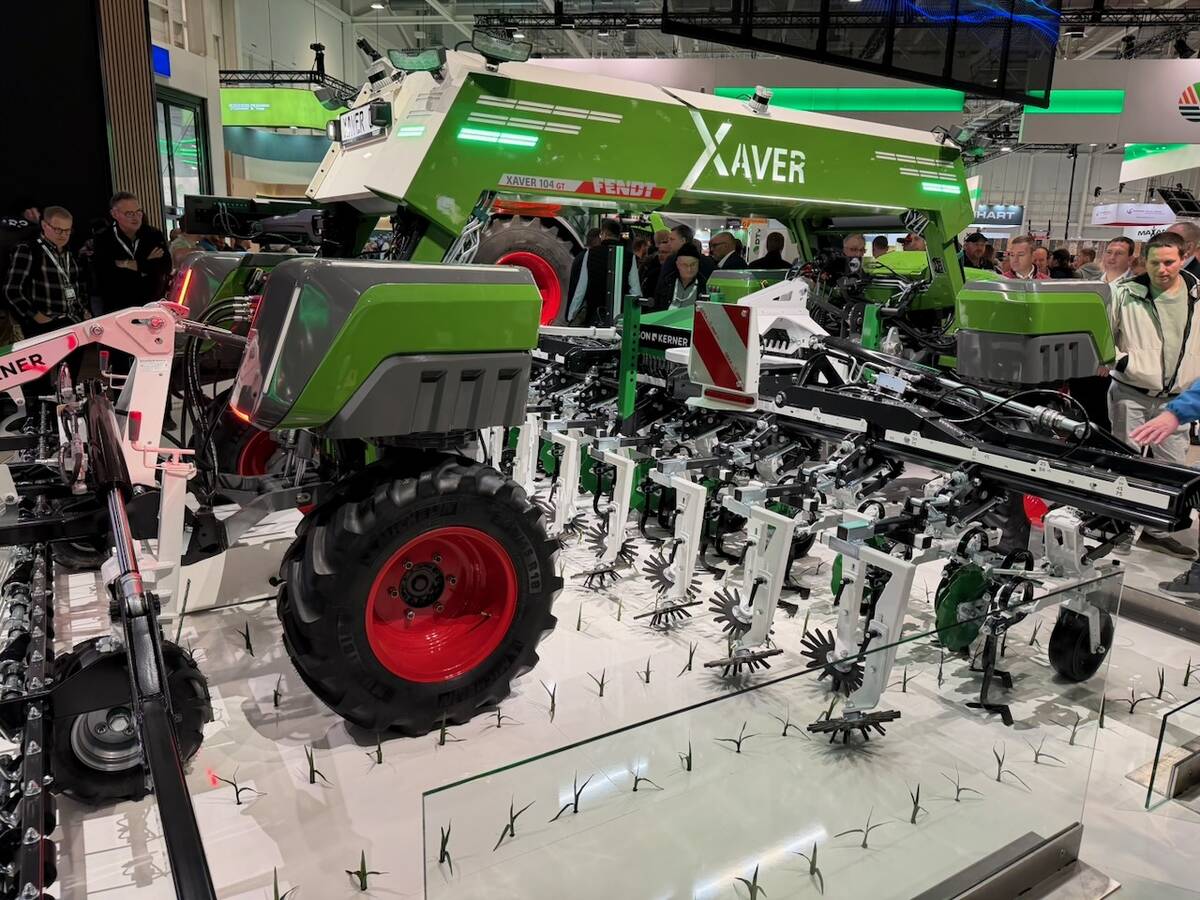
VIDEO: Agritechnica Day 4: Robots and more robots, Nexat loves Canada and the trouble with tariffs
Agritechnica Day 4: Robots and more robots, Nexat loves Canada and the trouble with tariffs.
Three groups came together to create Pork Links – the Child Hunger and Education Program, the Council of Canadians and the National Farmers Union. The intention is to have groups of consumers purchase cut and wrapped meat directly from farmers who are part of the program.
Pork Links is being fused to another urban-rural food initiative in Saskatoon, The Good Food Box. That program buys in bulk produce, legume and grain products, mainly from local farmers, and distributes them to urban consumers through a monthly, 15 kilogram box of food for a set price of $15.
“The growers win because they get a full wholesale price for their produce or, in this case, their meat. The consumer wins because they are able to buy good, wholesome food at lower than retail prices,” said Karen Archibald of Child Hunger.
The first farmer to take part in the program is Delisle, Sask., hog producer James Kearnan, who has a family-run, 35-sow, farrow-to-finish operation on a mixed farm.
“So far we have only sold two pigs for the pilot project but we hope this takes off and soon,” said Kearnan. “More and more farmers are having their own animals killed and are selling direct to the public. This gives us a distribution method and both the buyer and ourselves reap the benefit.”
The farmer hopes Pork Links will help bridge the gap between the $47 he has been receiving for an average 100-kg pig and $450 that the consumer has being paying the grocery store.
“This way the farmer will receive $217 for a pig and the abattoir will get $90 for cutting and killing. The consumer will be able to buy the wrapped pork for $307,” said Shannon Storey, women’s president of the NFU. “That means that many people with limited income can afford high quality meat they otherwise might not have been able to buy, and the farmer gets fair pay for his work.”
Don Kossick of the Council of Canadians suggests that urban consumers need to better understand where their food comes from and who produces it.
“If consumers can buy locally grown food it helps make a critical linkage. If Saskatchewan is going to be a healthy place for all of us to live, rural and urban people alike, then we are going to need to work together. Food is one of the things we have in common and it is a good way to help ourselves, get to know each other and improve the financial health of our communities,” said Kossick.


